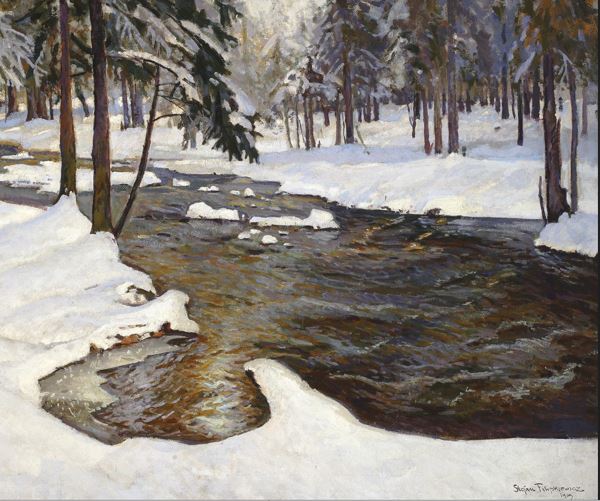I grew up watching the classic Disney films of the 1990s. Aladdin was a favorite, as were Mulan and Beauty and the Beast. But my very favorite was Pocahontas. Her outfit was the best, her animal sidekicks were the quirkiest, and her songs were the most singable (don’t try to tell me you haven’t belted “Colors of the Wind” in the shower!). Though I nearly wore out the VHS tape with my frequent rewatchings, I also remember my parents being a bit apprehensive about the film. In our modern eyes, the film’s portrayal of Native Americans and their relationship with white settlers is certainly problematic, but this was 1995—we weren’t there yet. No, what my parents were nervous about was the display of traditional Native American religion: the tree who could talk, the river with a spirit, the fire that a medicine man used to summon the voices of ancestors. On our family trip to Disney World, we specifically avoided the Pocahontas attraction because descriptions in a guidebook seemed to say that the spiritual and ancestral elements were front and center.
Though I expect my parents would tease themselves about it now, mainstream Christian culture at the time warned them to keep their children far away from anything with a hint of polytheism, pantheism, or communing with the dead. The fear of these types of belief systems can also be connected to the era’s fervor over the Harry Potter books or even to a suspicion about things like yoga. As a kid, I was still allowed to watch Pocohontas as much as I wanted, but I knew my parents did their best to shield me from this type of material, and their caution rubbed off on me.
Imagine my confusion, then, when we would sing the hymn “This Is My Father’s World” at church on Sundays: “This is my Father’s world, / And to my listening ears / All nature sings, and round me rings / The music of the spheres.” All nature sings? Music of the spheres? That sounded an awful lot like Pocahontas’s “voices of the mountain” to me. And the hymn got even weirder: “This is my Father’s world: / He shines in all that’s fair; / In the rustling grass I hear him pass, / He speaks to me everywhere.” I pictured Grandmother Willow whispering advice and wisdom to Pocahontas, surrounding her in long rustling tendrils of leaves.
In the year 2022, I doubt many Reformed Christian parents would have much of a problem with Pocahontas. (And while still present in some Christian circles, the ire about Harry Potter and yoga has abated significantly, too.) In fact, in light of our changing climate and God’s call for humans to be gardeners and caretakers of the earth, most of our Christian schools today strongly emphasize general revelation—hearing, seeing, and feeling God through nature. And while we’re right to remind students that we do not worship nature as some Indigenous people did and still do, finding a personal connection with God through nature is a common practice in modern classrooms. Many schools have outdoor education programs, most teach units on stewardship and conservation, and lots provide their students with field trips that get them out into beautiful parts of creation.
In this issue, we celebrate the many creative ways that teachers are getting their students out into nature and the lessons they’re instilling about how to best care for the precious gift God has given us. Whether students are gathering data about mussels, hearing stories underneath a canopy of trees, investigating solar power, or learning to care for their own bodies as part of creation, there are so many ways to care for our Father’s world.
